It’s a simple question: what’s the dish you would make for a holiday gathering? But these answers reveal more than just food preferences. When we prepare a meal that means something to us and those we gather with, we bring a piece of ourselves and communal joy to the table.
Our community is cooking up some delicious dishes as the holiday season kicks into high gear. But before we dive into their holiday food traditions, we must recognize that steep food prices combined with a sky-high cost of living are forcing many to turn to the Food Bank to afford a holiday meal for their table. And with support from all levels of government going away, we’re struggling too. We’re serving thousands more neighbors than before the pandemic, and we need your support. Join us and reinvest in community by donating today.
Now – let’s get into those recipes!
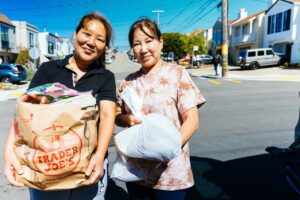
“Fish and chicken are very important for us as Chinese people. Without fish and chicken, it wouldn’t be a holiday!” – Mimi (left) and Amy (right), Food Bank participants
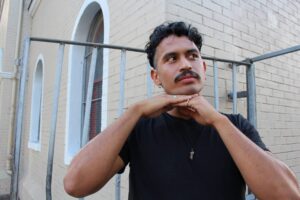
“It’s definitely menudo and pozole season – those big bowls of warm soups! And tamales with a big cup of atole. Tamales are what I’m most excited to eat – that’s really what lets me know the holidays are here.” – Omar, volunteer at Food Bank partner La Raza CRC
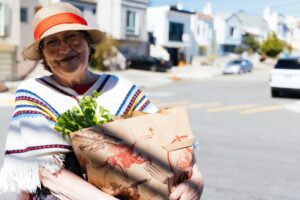
“My tradition is always making Christmas lasagna, using spinach in the ricotta so there’s green and red from the tomatoes. [It makes me think of] back in my younger days when I could entertain, and having friends and family over – just good times.” – Deirdra, Food Bank participant
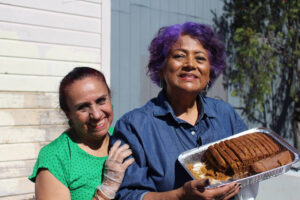
“Calabaza en tacha is a type of sweet pumpkin dish. It’s delicious, and the texure is very smooth. You caramelize the pumpkin with piloncillo (pure cane sugar). It’s a sugar bomb, and a very special Mexican recipe for Semana Santa and Día de los Muertos!” – Norma (left) and Gloria (right), Food Bank volunteers
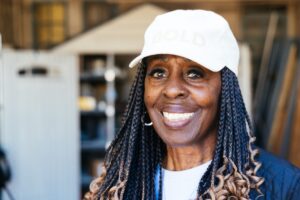
“My candied yams are a family recipe that goes back many generations – it makes me think of my great-grandmother and my great-aunt. For the spices, you need brown sugar, allspice, cinnamon, nutmeg, cloves, vanilla flavoring, a pinch of salt and lots of butter. It’s so good!” – Beverly, Food Bank participant
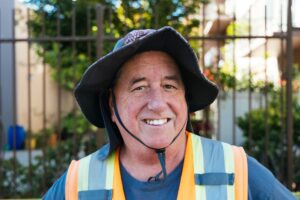
“I always make this for the holidays — it’s my tradition. Steam some brussels sprouts whole, then drop them in an ice bath and then quarter them. Chop up some thick bacon, cook that, then add half a cup of finely diced garlic. Toss in the brussels sprouts and some caraway seeds, get it nice and hot, and you’re done!” – Sean, Community Coordinator at the Food Bank
Thanks to our community for sharing out their favorite recipes – we hope you can garner some inspiration for your next holiday feast. Happy Holidays!
Help Us Set the Table
Grocery prices are up 13% compared to 2021 - and our neighbors need your support.
Invest in Community

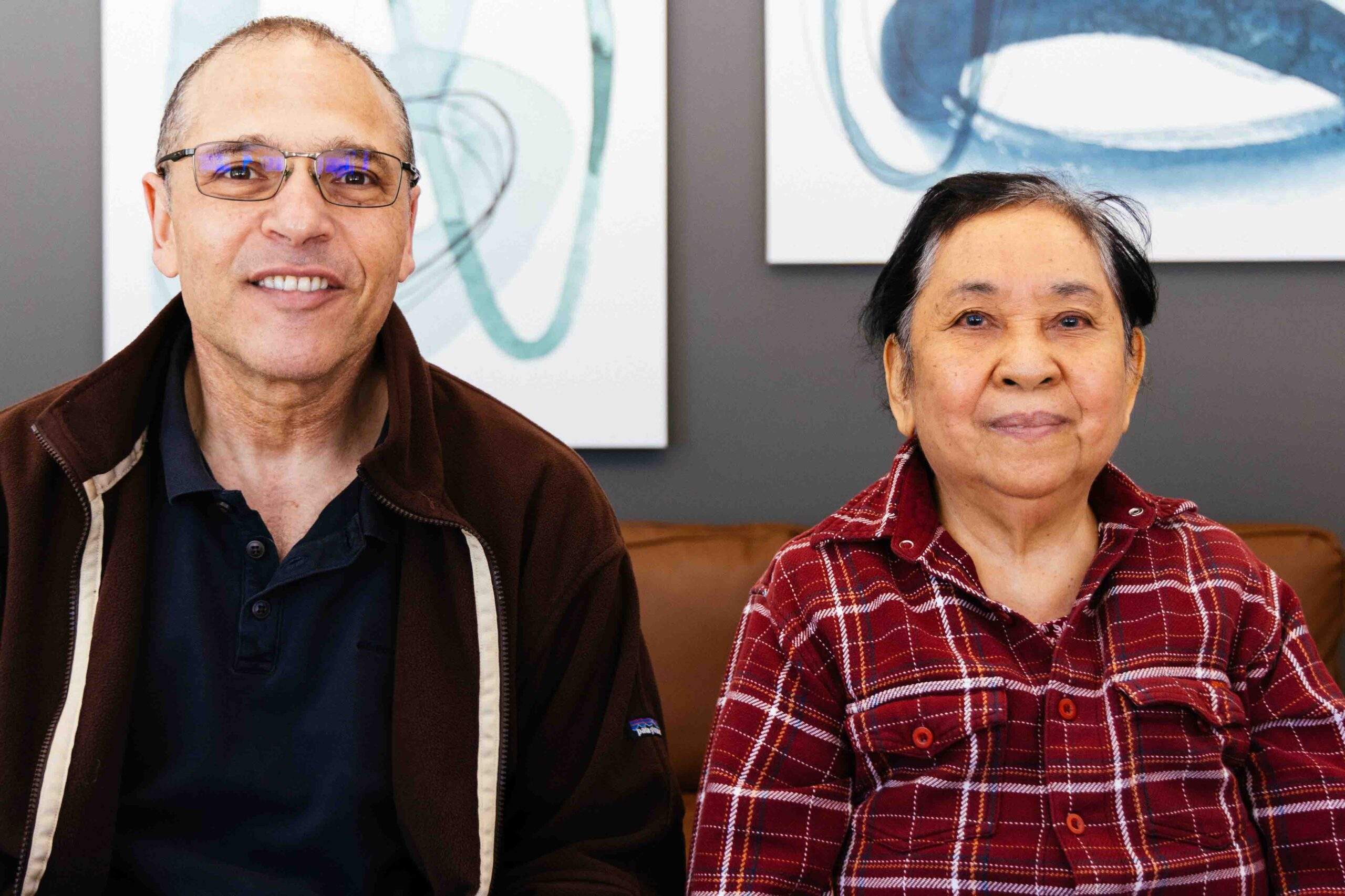
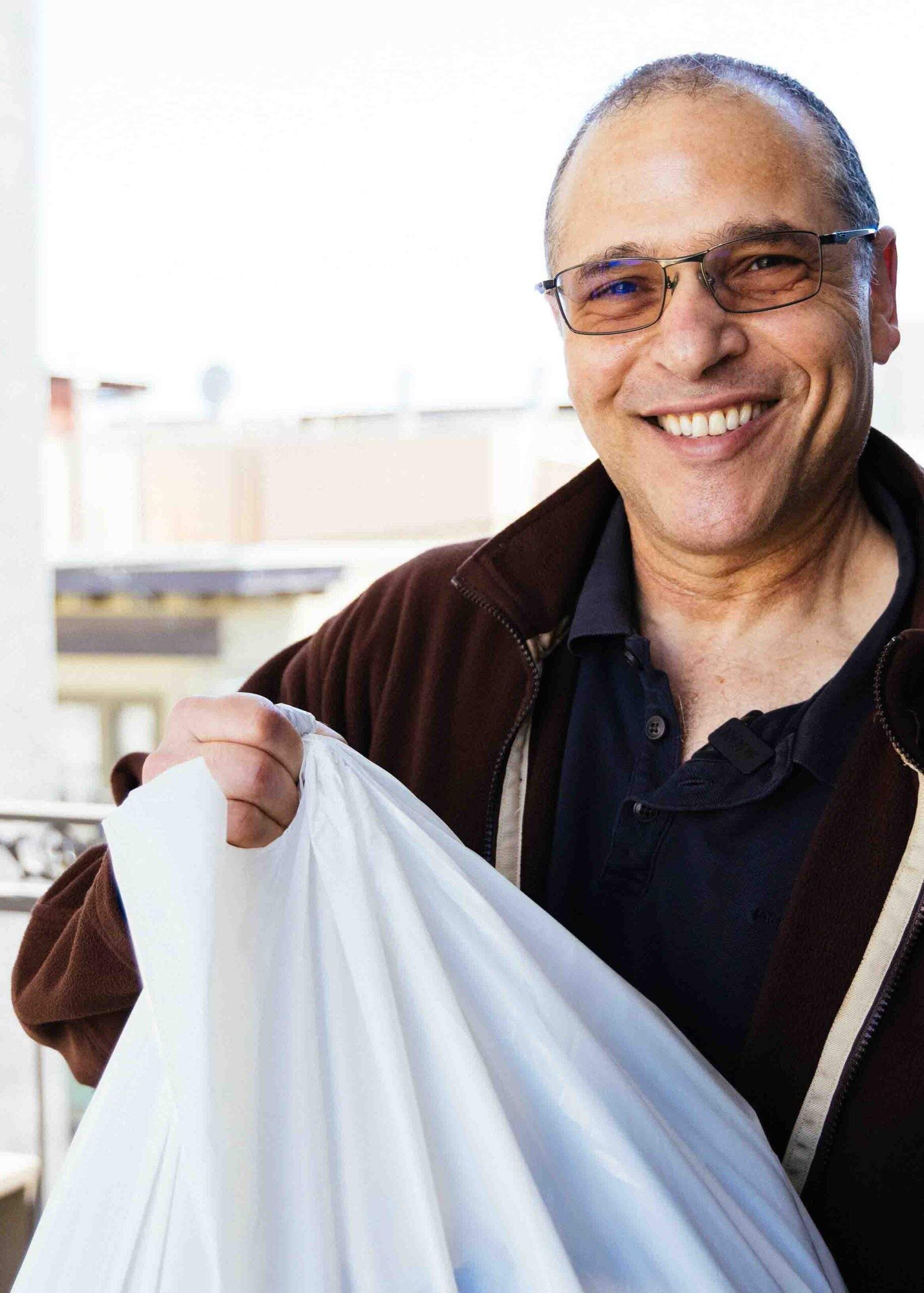
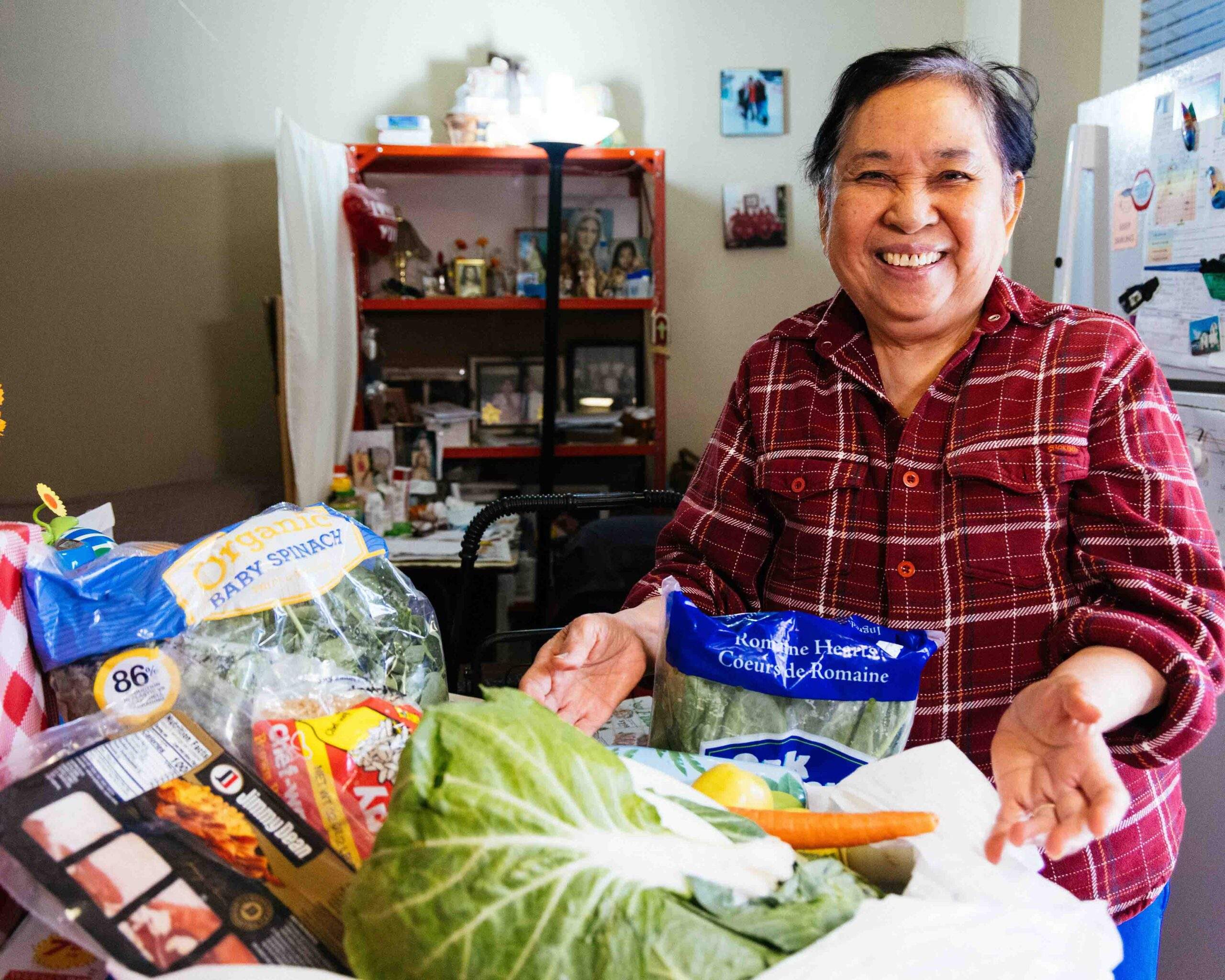


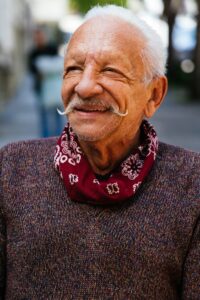 40 years, an activist, and a pantry participant since 2020 in his neighborhood of the Western Addition. He’s also one of roughly 101,000 CalFresh (known as SNAP federally) recipients in San Francisco who saw their grocery budget decimated overnight. This is due to the federal government’s decision to cut emergency allotments, which boosted CalFresh benefits by an average of $160 for recipients in San Francisco during the pandemic. That’s a loss of nearly $12 million a month in food assistance for our neighbors.
40 years, an activist, and a pantry participant since 2020 in his neighborhood of the Western Addition. He’s also one of roughly 101,000 CalFresh (known as SNAP federally) recipients in San Francisco who saw their grocery budget decimated overnight. This is due to the federal government’s decision to cut emergency allotments, which boosted CalFresh benefits by an average of $160 for recipients in San Francisco during the pandemic. That’s a loss of nearly $12 million a month in food assistance for our neighbors.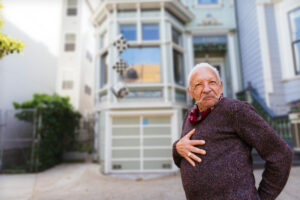 For Miguel, his CalFresh benefits were a supplemental support that helped him stretch his budget and extend a little kindness to other friends who were struggling during the throes of the pandemic. “I was able not only to get things for myself, but I was able to invite friends to get food with me so we can have dinner together. I did it with two friends, maybe every two weeks. Eating alone is not really the best thing. Having company and being able to provide something a little extra, that was very nice. It really made a difference for me and my friends.”
For Miguel, his CalFresh benefits were a supplemental support that helped him stretch his budget and extend a little kindness to other friends who were struggling during the throes of the pandemic. “I was able not only to get things for myself, but I was able to invite friends to get food with me so we can have dinner together. I did it with two friends, maybe every two weeks. Eating alone is not really the best thing. Having company and being able to provide something a little extra, that was very nice. It really made a difference for me and my friends.”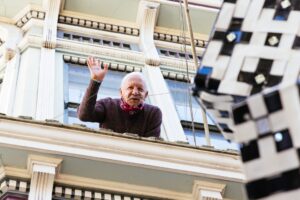 leave food banks to pick up the slack, it’s essential that the Food Bank maintains access to the fresh produce, proteins, and grains that 53,000 neighbors rely on weekly to nourish themselves. “The benefit is greater than just food,” Miguel explained to us. “At my age, I don’t think there’s any stigma – I encourage other people to apply for these services. I have diabetes, so I have to be careful about what I’m eating. And besides the food, I can use the money [I save] on other things that are beneficial for my health or enjoyment. It’s a ripple effect; it magnifies your life in all these positive ways.”
leave food banks to pick up the slack, it’s essential that the Food Bank maintains access to the fresh produce, proteins, and grains that 53,000 neighbors rely on weekly to nourish themselves. “The benefit is greater than just food,” Miguel explained to us. “At my age, I don’t think there’s any stigma – I encourage other people to apply for these services. I have diabetes, so I have to be careful about what I’m eating. And besides the food, I can use the money [I save] on other things that are beneficial for my health or enjoyment. It’s a ripple effect; it magnifies your life in all these positive ways.”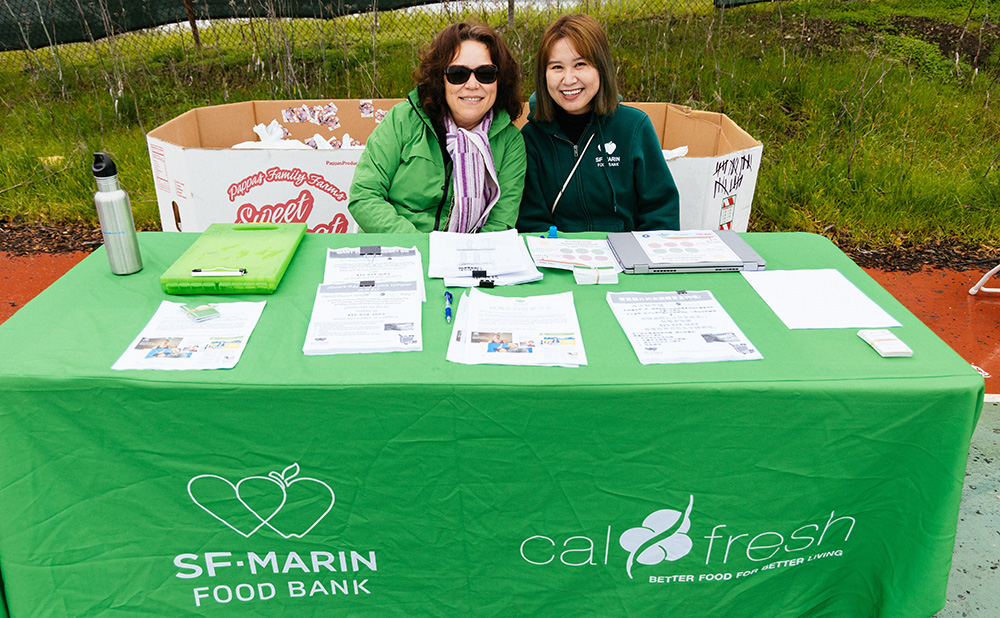
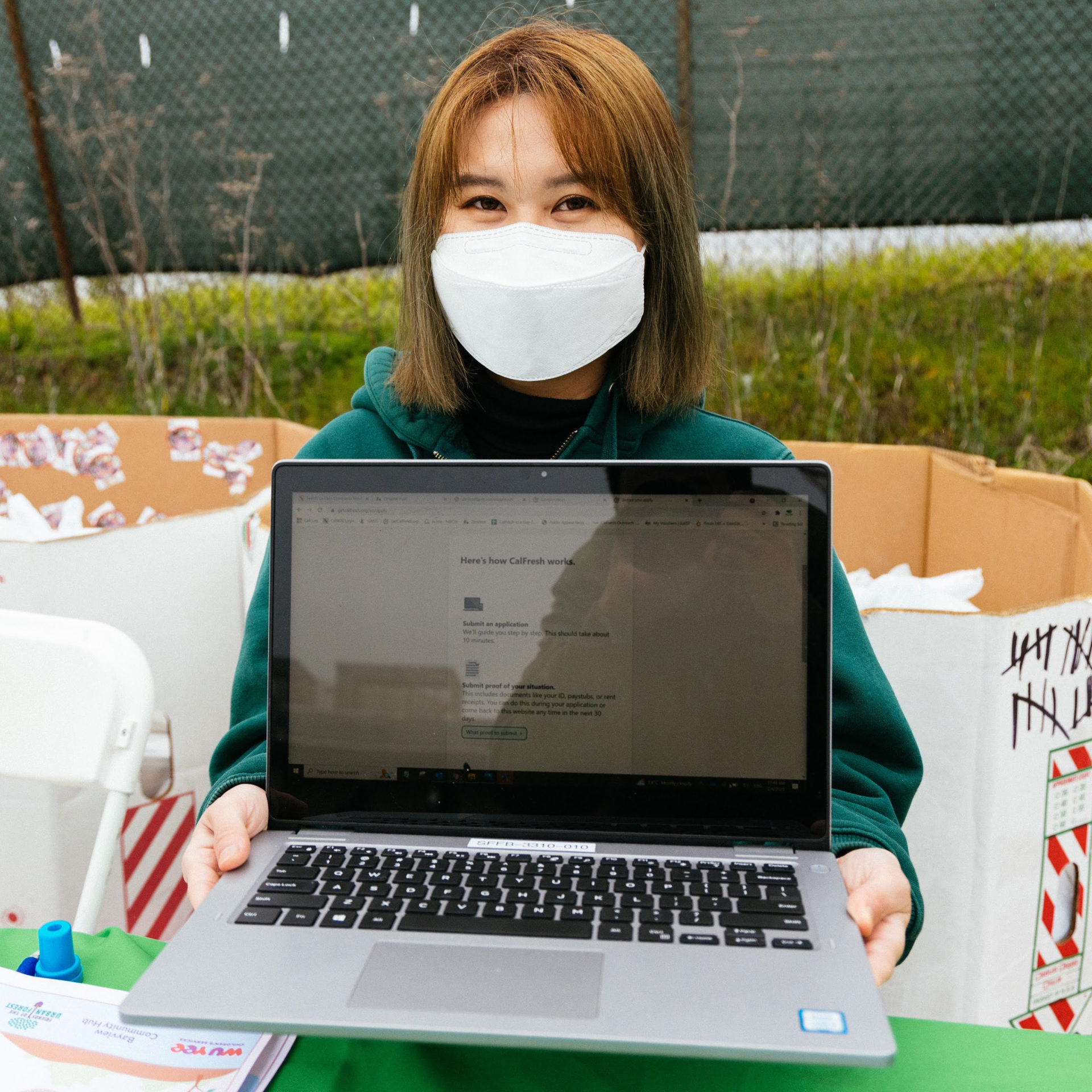
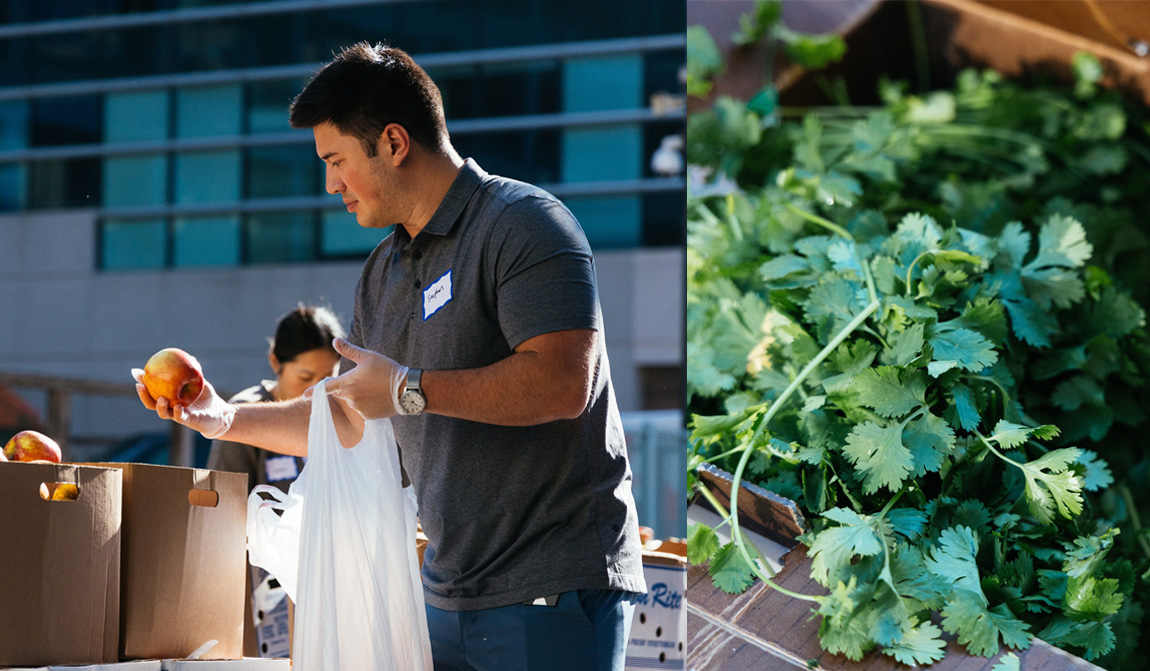
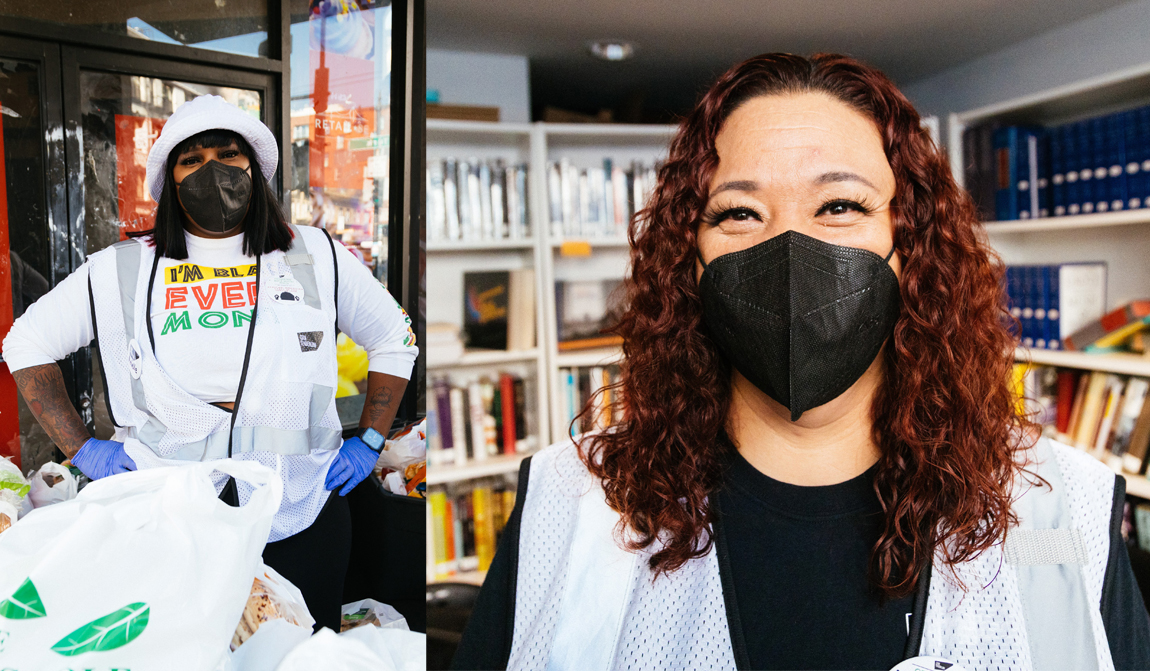
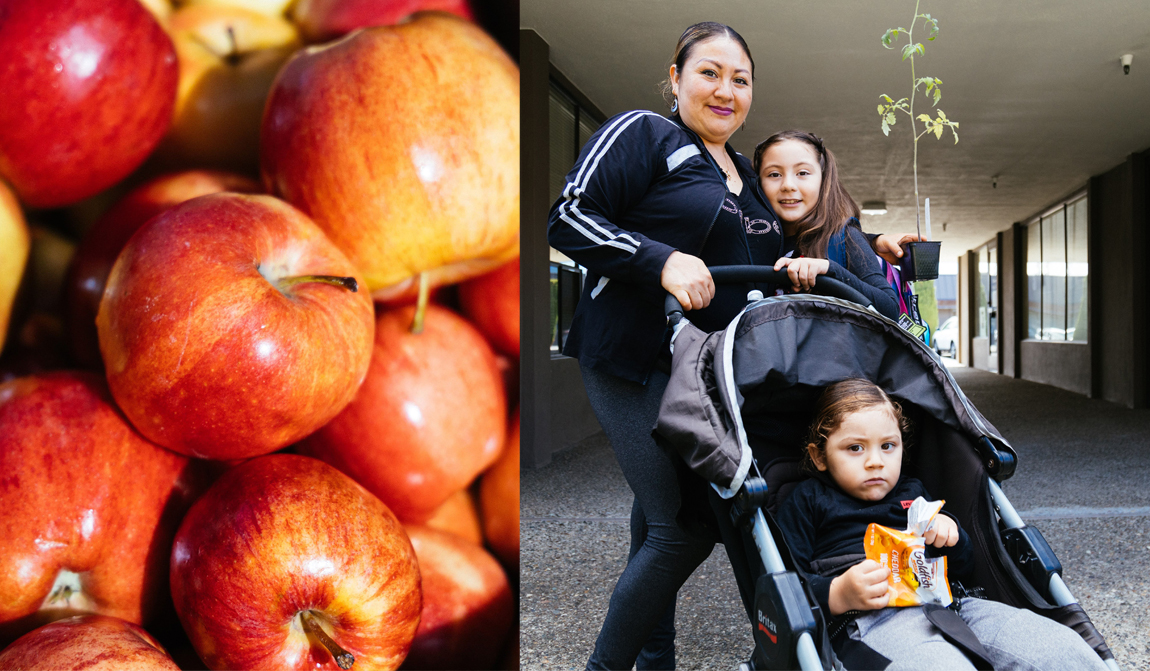
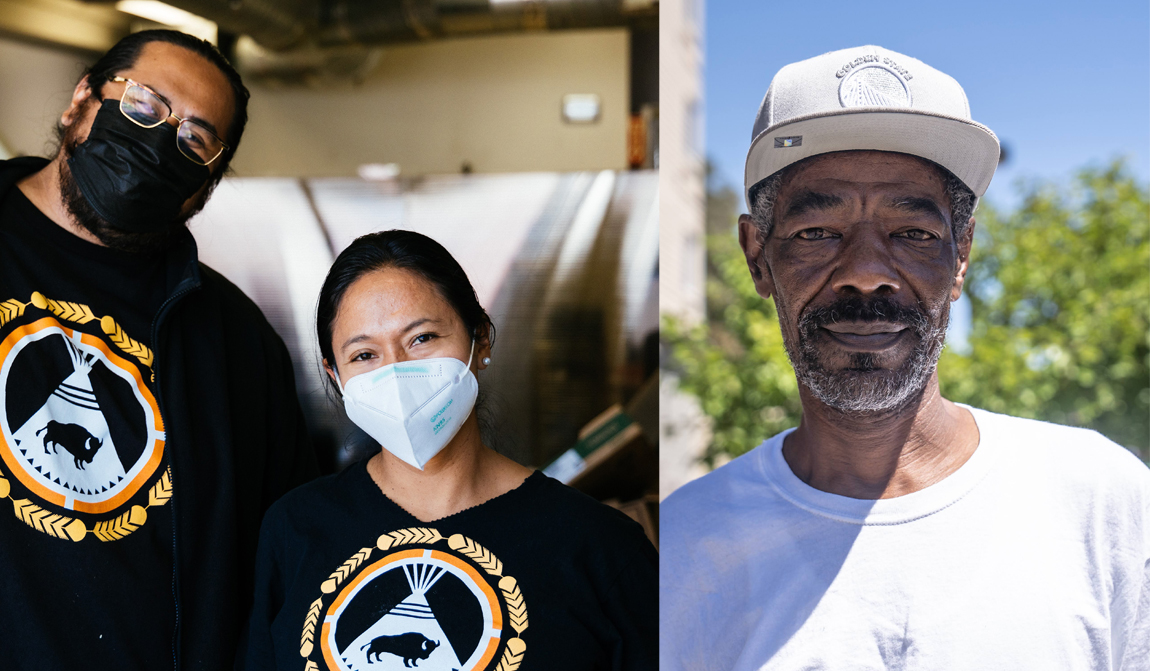
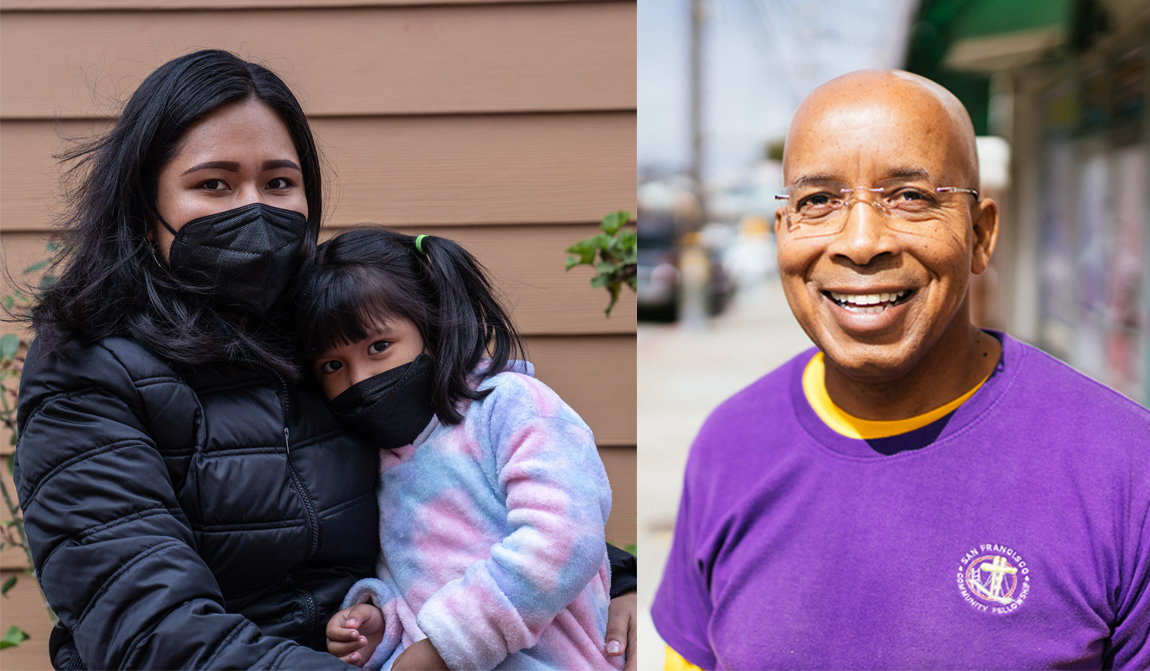
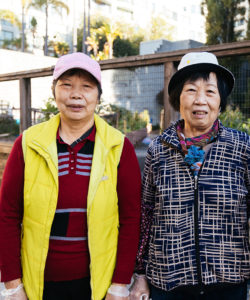
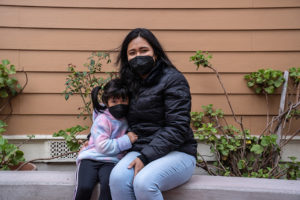 In sociology, there’s something called a “third place,” that describes a social environment outside of work or home where folks can congregate, see familiar faces, and build community. For María, the Friday food pantry in the Mission where she’s volunteered and picked up groceries for the past 10 years is a little of all the above.
In sociology, there’s something called a “third place,” that describes a social environment outside of work or home where folks can congregate, see familiar faces, and build community. For María, the Friday food pantry in the Mission where she’s volunteered and picked up groceries for the past 10 years is a little of all the above.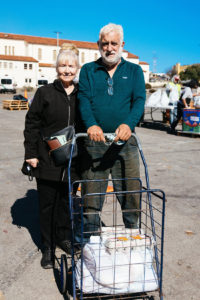
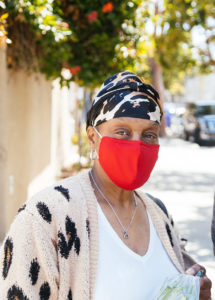 Sharing Space, Creating Memories
Sharing Space, Creating Memories 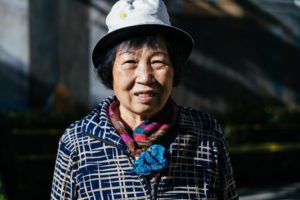 We met Hui Yu at her neighborhood pantry in the SOMA district, where she volunteers regularly and picks up groceries for her and her husband as well. Prior to retirement, Hui Yu worked in a restaurant kitchen, so she’s no stranger to feeding others. Now, she often cooks meals for friends in her senior living facility who can’t make it out to the pantry. Poultry was at the top of Hui Yu’s list as a holiday main: “
We met Hui Yu at her neighborhood pantry in the SOMA district, where she volunteers regularly and picks up groceries for her and her husband as well. Prior to retirement, Hui Yu worked in a restaurant kitchen, so she’s no stranger to feeding others. Now, she often cooks meals for friends in her senior living facility who can’t make it out to the pantry. Poultry was at the top of Hui Yu’s list as a holiday main: “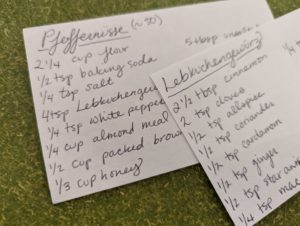 cookies)
cookies)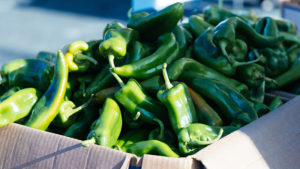 basis, traditional recipes that comes down from your family. My favorite recipe that was passed down to me is my mother’s okra.” At first thoughtfully pondering what else makes up her usual holiday table, Barbara began quickly listing other favorites: “
basis, traditional recipes that comes down from your family. My favorite recipe that was passed down to me is my mother’s okra.” At first thoughtfully pondering what else makes up her usual holiday table, Barbara began quickly listing other favorites: “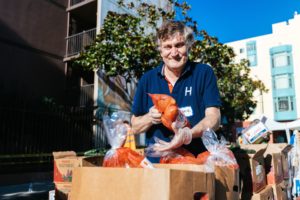 neighborhood pantry. He’s a military retiree and a volunteer at his local pantry, where he also picks up groceries for him and his wife. For his family, the holidays are about the joining of different traditions. “I have a traditional turkey dinner, where I usually go up to my sister’s house for Thanksgiving. And then I host a turkey dinner for my wife’s family. My wife’s Chinese, so we tend to do Chinese vegetables, mashed potatoes and cranberries [on the side].”
neighborhood pantry. He’s a military retiree and a volunteer at his local pantry, where he also picks up groceries for him and his wife. For his family, the holidays are about the joining of different traditions. “I have a traditional turkey dinner, where I usually go up to my sister’s house for Thanksgiving. And then I host a turkey dinner for my wife’s family. My wife’s Chinese, so we tend to do Chinese vegetables, mashed potatoes and cranberries [on the side].”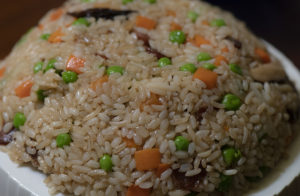 As Program Manager at the Food Bank, Kim is around good food quite a bit! But nothing quite compares to her family recipe for naw mai fan. “This is my mom’s recipe. She learned how to make this from my grandmother, an immigrant from the
As Program Manager at the Food Bank, Kim is around good food quite a bit! But nothing quite compares to her family recipe for naw mai fan. “This is my mom’s recipe. She learned how to make this from my grandmother, an immigrant from the 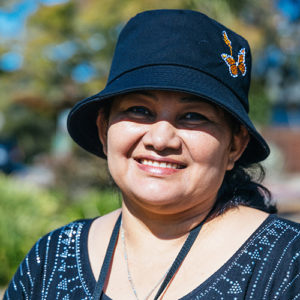 Sharing is caring! María is a mom, volunteer, and pantry participant in San Rafael. She told us that her family embraces potlucks during the holidays, but also for camping trips and other gatherings throughout the year.
Sharing is caring! María is a mom, volunteer, and pantry participant in San Rafael. She told us that her family embraces potlucks during the holidays, but also for camping trips and other gatherings throughout the year. 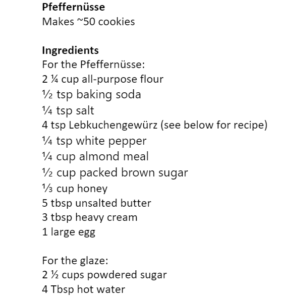
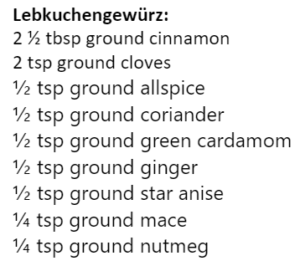
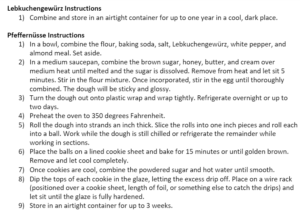
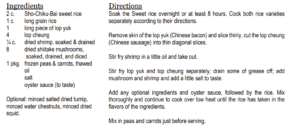
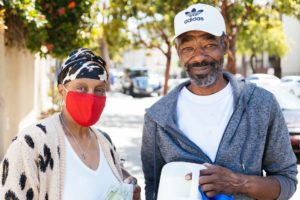
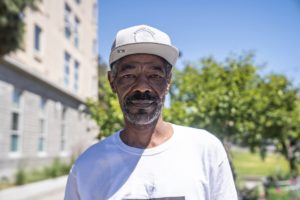 Cliffton: My biggest thing is for my people to get educated. What you know, they can’t take that away from you. If you want to stay in your community, you’ve got to find a way. Educate yourself on what City Hall is doing for your community, what you can do for your community. I’m helping set up the
Cliffton: My biggest thing is for my people to get educated. What you know, they can’t take that away from you. If you want to stay in your community, you’ve got to find a way. Educate yourself on what City Hall is doing for your community, what you can do for your community. I’m helping set up the 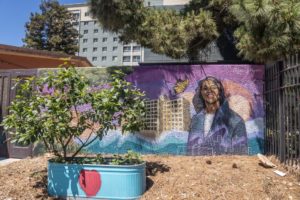 you’ve got good people around you, when you’re cooking, and you got people over and everything… take the food away, you got chaos. If you got a group of people together, bring
you’ve got good people around you, when you’re cooking, and you got people over and everything… take the food away, you got chaos. If you got a group of people together, bring
Share